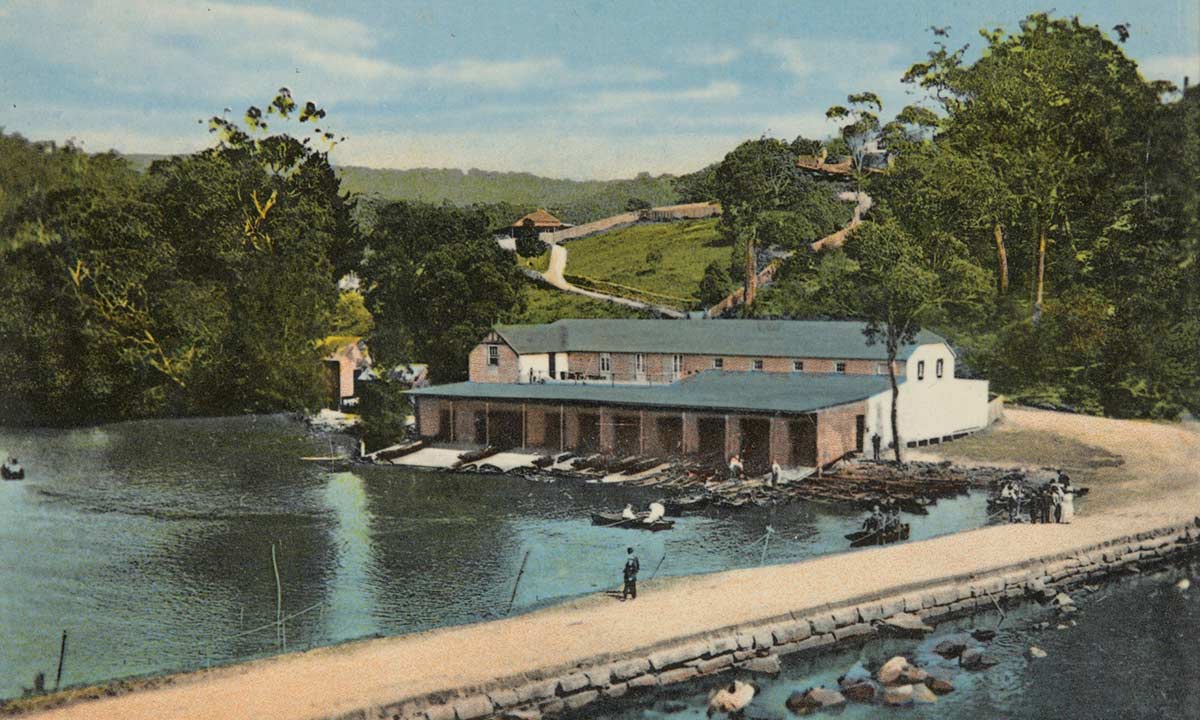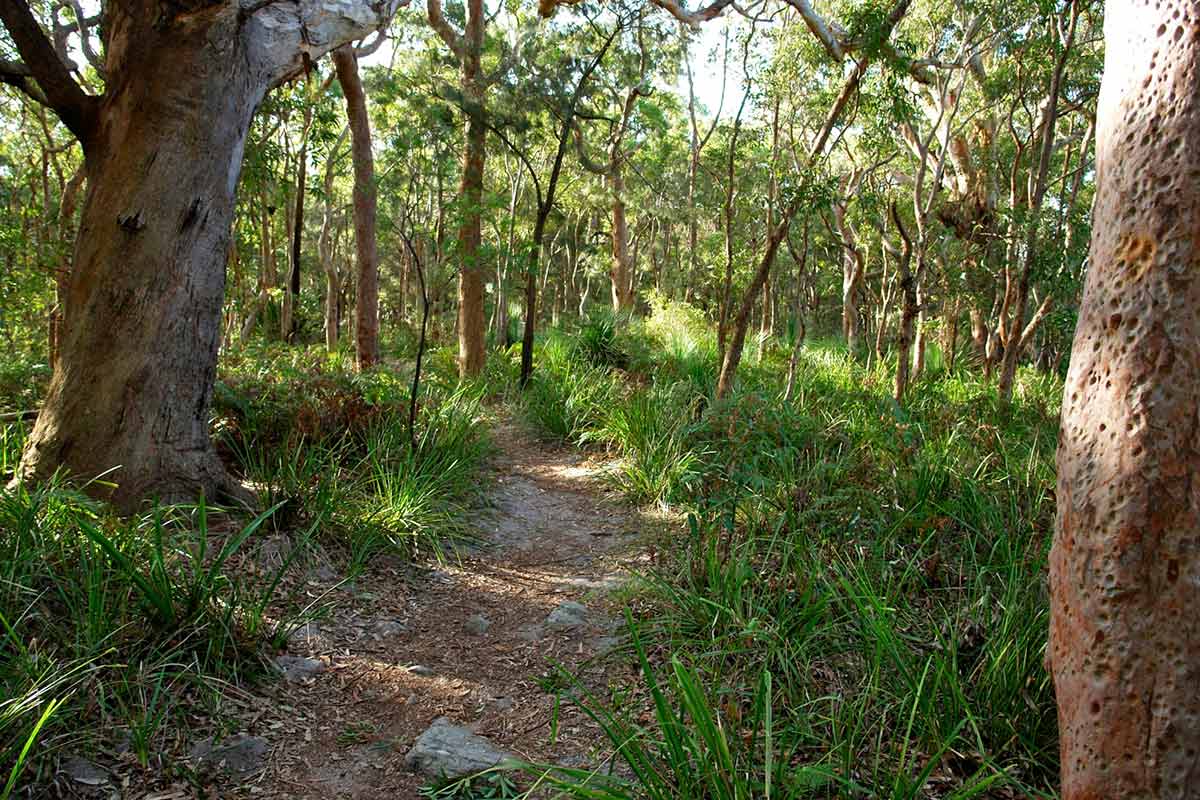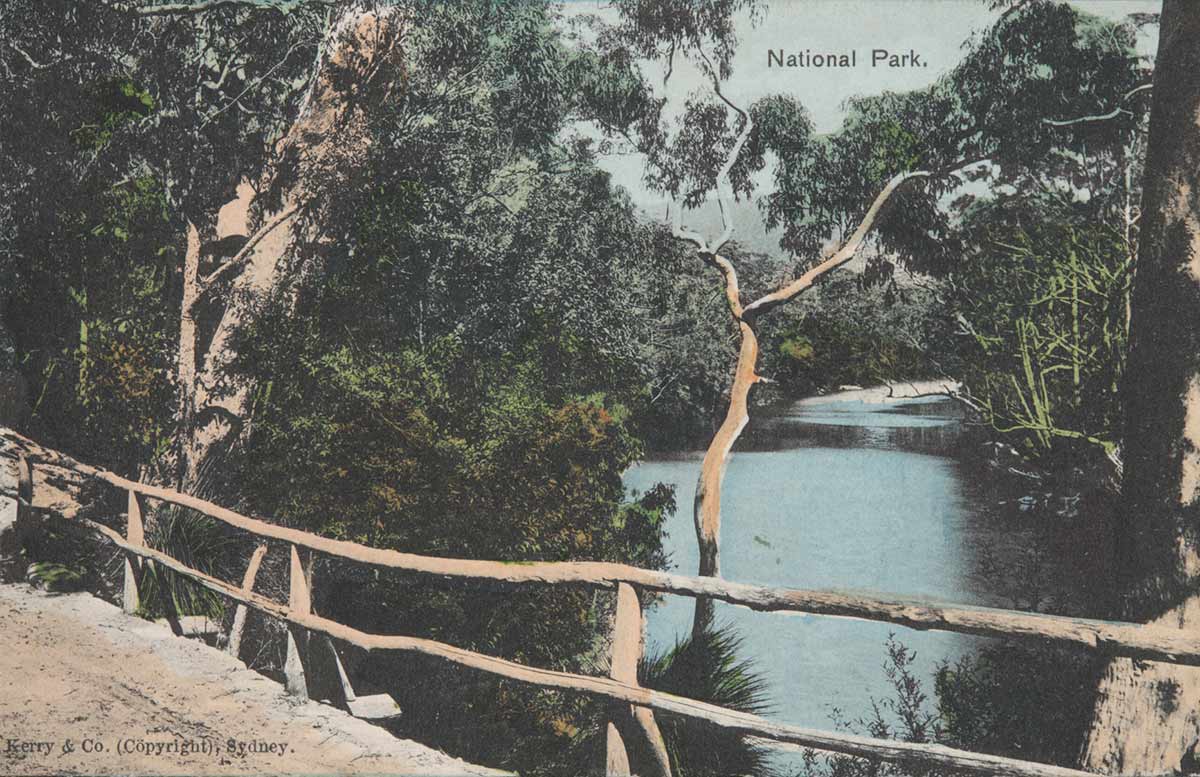Australia’s first national park – (now Royal) National Park – was created in 1879 just south of Sydney. It was only the second in the world.
Originally formed to address public health concerns about overcrowded and unsanitary conditions in large cities, today’s national parks often focus more on ecological conservation.
Australia now has more than 500 national parks covering 28 million hectares.
Letter to the editor, Sydney Morning Herald, 24 April 1879:
The toil-worn citizen will be able to recreate himself amid scenes of natural beauty and grandeur.
Australia’s need for national parks
National parks sprang from concerns about public health prompted by the overcrowded and unsanitary conditions of large industrial cities. Today, their focus is more on conserving plants, animals and ecological processes.
Australian urban development mirrored in many ways the pattern set down in Europe and America. From 1788 it took 70 years for the Australian population to reach one million. It took only another 19 years for that number to double.
With such rapid growth, infrastructure lagged hopelessly behind. Nowhere was this more obvious than in Sydney, which had never been properly planned, and whose population in 1881 had expanded to 225,000.
The dislocations caused by the discovery of gold, the burgeoning numbers of new arrivals seeking better lives and the chronic shortage of housing led to a wide range of social ills, not least of which were overcrowding and the abandonment of children.
A variety of epidemics, but especially the scarlet fever outbreak in the 1870s, focused attention on public health.
Those who advocated the value of parks (including cultivated gardens as well as areas of scenic beauty and splendour) increasingly claimed that urban areas, with their polluted air and water, were detrimental to people’s physical and moral health.
The creation of national parks was one expression of the relatively new idea that nature could be beneficial, rather than a threat.
Park advocates were expressing ideas first articulated by the Romantics (that coterie of painters, writers and poets, such as Wordsworth) who in the early years of the Industrial Revolution praised ‘natural’ England and damned its cities.
Perceptions of the National Park
The tremendous popularity of the National Park’s picnic grounds and facilities suggests that the public preferred nature’s ‘wildness’ to be tempered. The creation of the Park involved damming rivers, laying grass, constructing facilities and planting many thousands of exotic trees, which were recorded in postcards of the time.
When rail lines were built, visitation grew from 38,000 in 1892 to 170,000 in 1903. Seven years later, annual visitor numbers had reached 250,000.
However, there was a small but growing group of people who appreciated the Australian bush in its pristine state. These were epitomised by Myles Dunphy, who in the 1920s loved to hike through the National Park.
The Museum holds an album of photos shot during one of his walks. Dunphy was a founder of Sydney's first bushwalking club and subsequently became one of Australia's earliest campaigners for environmental conservation.
In our collection
Explore Defining Moments


